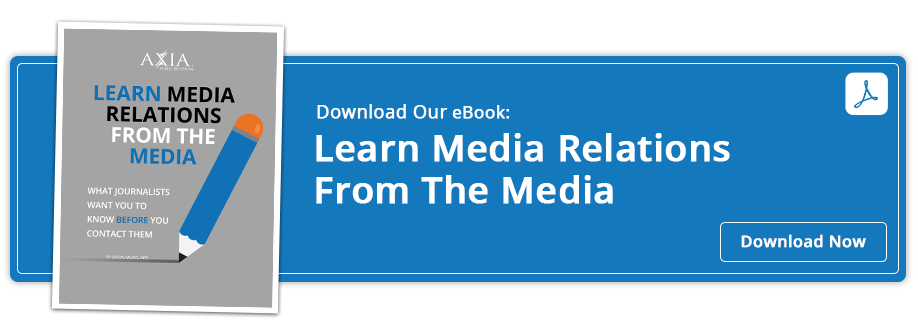Learn how AP style relates to your company’s success
You want to give your CEO recognition by citing his title every time his name is mentioned in an article or press release but your PR advisor nixes it. Her only reason: “It’s not AP style.” If you aren’t a journalist or PR professional, most likely you have no idea what AP style is or why it has the power to stop you from writing as you please.
Since we’re all seeking positive news coverage to help tell our story and generate increased name recognition, it makes sense to use every possible tool to achieve that goal. Learning more about AP style could mean the difference between the media reading your press releases or tossing them in the garbage.
What is AP style?
“AP style” refers to the guidelines from The Associated Press Stylebook, which is considered the standard reference against which all news writing is measured. Its purpose is to promote uniformity for ease of reading and a common understanding.
It dictates the rules of news writing, including standardized punctuation and grammar conventions and how to properly use abbreviations, titles and formal names. For example, do you know the eight states you should not abbreviate when written in text? Also, which is correct, “The day’s low was minus 10,” or “The day’s low was -10?” (Check your answers at the end of this post.)
In addition, AP adheres to basic rules for constructing a press release, such as stating your objective at the beginning and covering “The 5 W’s” of writing. To stay current with trends and keep up with changes, the stylebook is updated continuously. There are other news writing style guides, such as the New York Times Style Guide and the Chicago Manual of Style, but the AP Stylebook is by far the most widely used.
Why AP style is important to PR and to you
You may think that because you’re just developing a press release or blog and not a news story, AP style doesn’t need to be a concern for you. However, there are several reasons why knowing about and writing in AP style makes a difference:
Media attention – These days, journalists can get information about your company from a variety of sources – including your website, social media posts and even internal publications – in addition to press releases. If it’s written using AP style, your chances of attracting their attention and getting them to select your information for positive news coverage will increase. When writing for journalists, you’re playing in their backyard, so you should follow their rules to keep your press releases from being kicked out.
Your company’s credibility – There should be consistency and continuity in every written document your company produces. You want people to view you as a trustworthy resource in business and in your industry. Instead, seemingly small mistakes such as not knowing that words like “Internet” and “Web” should be capitalized can make you appear ancient and out of touch. A copy of the AP’s stylebook can help you avoid these kinds of errors and keep your reputation strong.
Make an impression with key audiences – You must ensure that important stakeholders have a good perception of your company and brand. This can include customers and prospects, potential employees, board members and other industry thought-leaders. Improper grammar usage – especially common punctuation and syntax errors – makes you look lazy and unprofessional.
At Axia, we understand the rules of the news media and work within them to get the best possible media attention for your company, products, initiatives and experts. Using AP style, we make sure that your messages are accurately received by both the media and your target audiences. Download our e-book Learn Media Relations from the Media or contact us today to learn how a results-oriented PR firm can increase your coverage and profitability.
*Idaho, Iowa, Alaska, Hawaii, Maine, Ohio, Texas and Utah
*The day’s low was minus 10.
Lisa Goldsberry is a writer for Axia Public Relations with more than 15 years of public relations experience. She specializes in business, higher education and technology PR. Connect with Axia Public Relations on Twitter @axiapr.
Topics: media relations, public relations



Comment on This Article